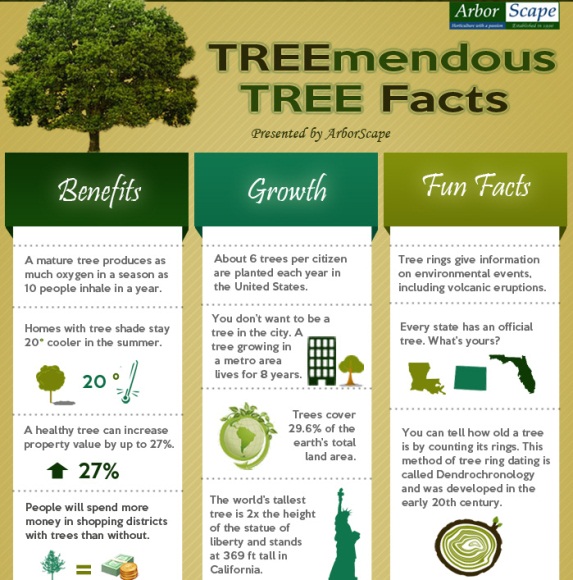Examine Ways To Support A Flourishing Landscape After The Elimination Of Trees
Examine Ways To Support A Flourishing Landscape After The Elimination Of Trees
Blog Article
Write-Up By-
When it involves seasonal tree treatment, ensuring proper administration before and after elimination can significantly affect the health and aesthetics of your landscape. By understanding the necessary steps associated with assessing tree health and wellness and planning for removal, you can proactively secure your building. Yet what regarding the essential techniques to follow once the tree is gone? Keep tuned to discover the crucial post-removal treatment actions that will certainly help you grow a flourishing and lasting atmosphere for your trees.
Pre-Removal Tree Treatment
Before attending to the elimination of a tree, it's essential to prioritize pre-removal tree treatment. Begin by assessing landscape property management and structural integrity. Look for indications of disease, parasite invasions, or any architectural issues that might present a safety and security threat during elimination. It's necessary to speak with a certified arborist to figure out the very best strategy.
Trimming your input here or unhealthy branches can stop more damage to the tree and ensure a smoother removal process.
Additionally, think about the ecological impact of removing the tree. Trees play an essential role in our ecological community, so growing a new tree in an appropriate area can aid balance out any loss. Guarantee that you have the required authorizations and authorizations for tree elimination, specifically if the tree is shielded by local laws.
Seasonal Maintenance Tips
Evaluating your tree's needs throughout the year is imperative for its health and durability. To maintain your trees in top problem, follow these seasonal upkeep tips.
In spring, focus on pruning to eliminate dead or damaged branches and motivate new growth.
Summer requires regular watering, specifically during dry spells, to guarantee your tree remains hydrated.
As fall techniques, keep an eye out for very early indicators of disease or tension, and take into consideration applying compost to shield the roots during winter.
In winter months, beware when removing snow from branches to prevent damage, and remain to monitor your tree's general wellness.
Remember to change your treatment regular based on the specific requirements of your tree types and regional climate. By remaining conscientious and proactive throughout the periods, you can aid your trees thrive and flourish for several years to come.
Post-Removal Tree Treatment
To ensure the health and wellness of your landscape even after tree elimination, appropriate post-removal treatment is vital. After a tree is removed, it's vital to fill the remaining hole with topsoil and compact it to avoid settling. This will aid preserve the stability of the ground and protect against potential hazards in the future.
Consider growing new vegetation instead of the removed tree to bring back the equilibrium and aesthetic appeals of your landscape. Regularly water the location to advertise the growth of new plants and avoid soil erosion.
Examine the surrounding trees for any type of indications of condition or anxiety that might have been caused by the gotten rid of tree. Watch out for insects that might've been brought in to the previous tree and take preventive measures to protect the continuing to be vegetation.
If needed, seek advice from an expert arborist to assess the impact of the elimination on the bordering trees and identify any type of added care required. By following these post-removal care steps, you can make certain the ongoing health and charm of your landscape.
Verdict
In conclusion, proactive seasonal tree treatment is important for preserving the health and wellness and balance of your landscape. By examining linked internet site , trimming, and speaking with an arborist before removal, you can make certain a safe procedure. After removal, filling up the hole, planting brand-new plant life, and regular watering will advertise new development and protect against disintegration. Bear in mind to check bordering trees for disease and seek additional care procedures from an arborist to keep your landscape growing.
